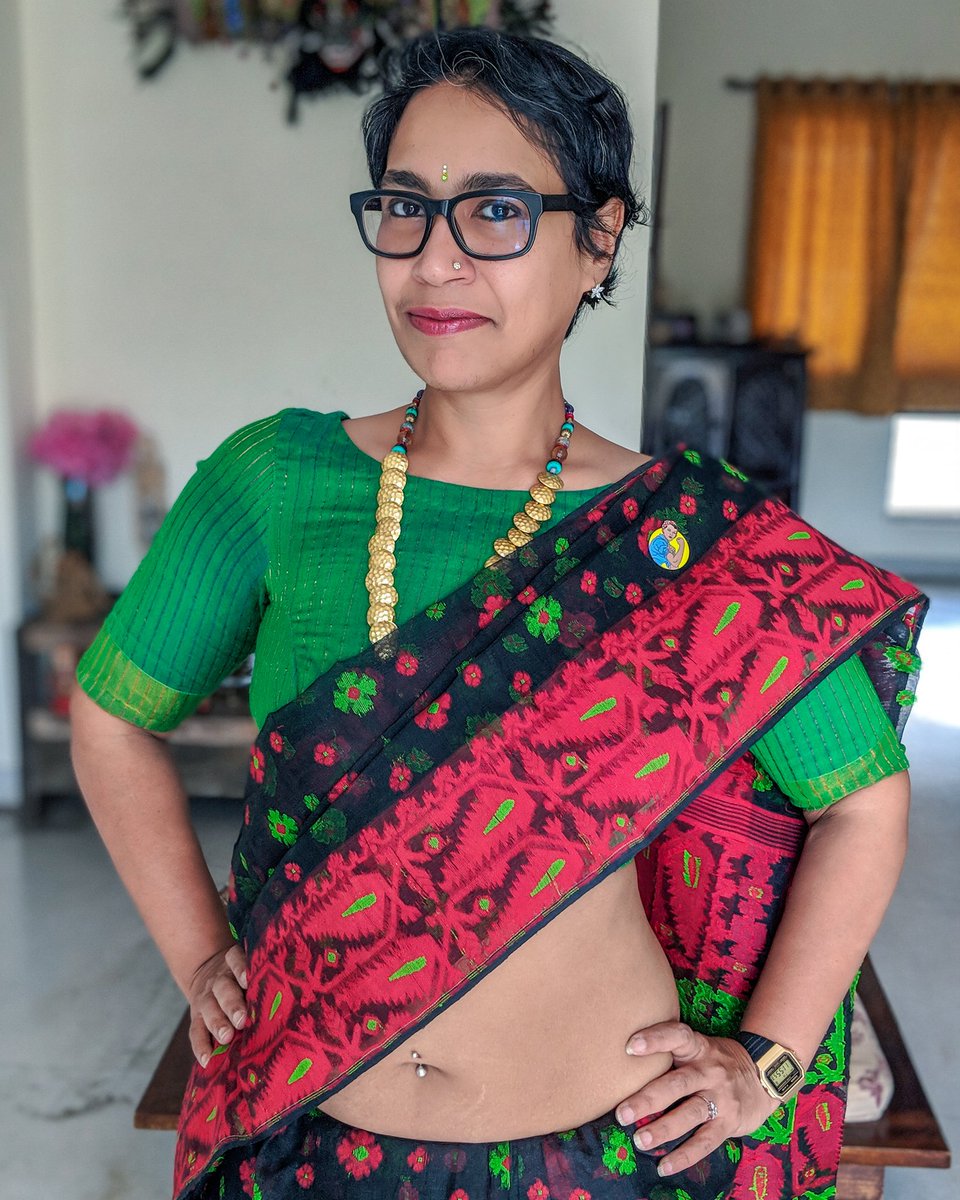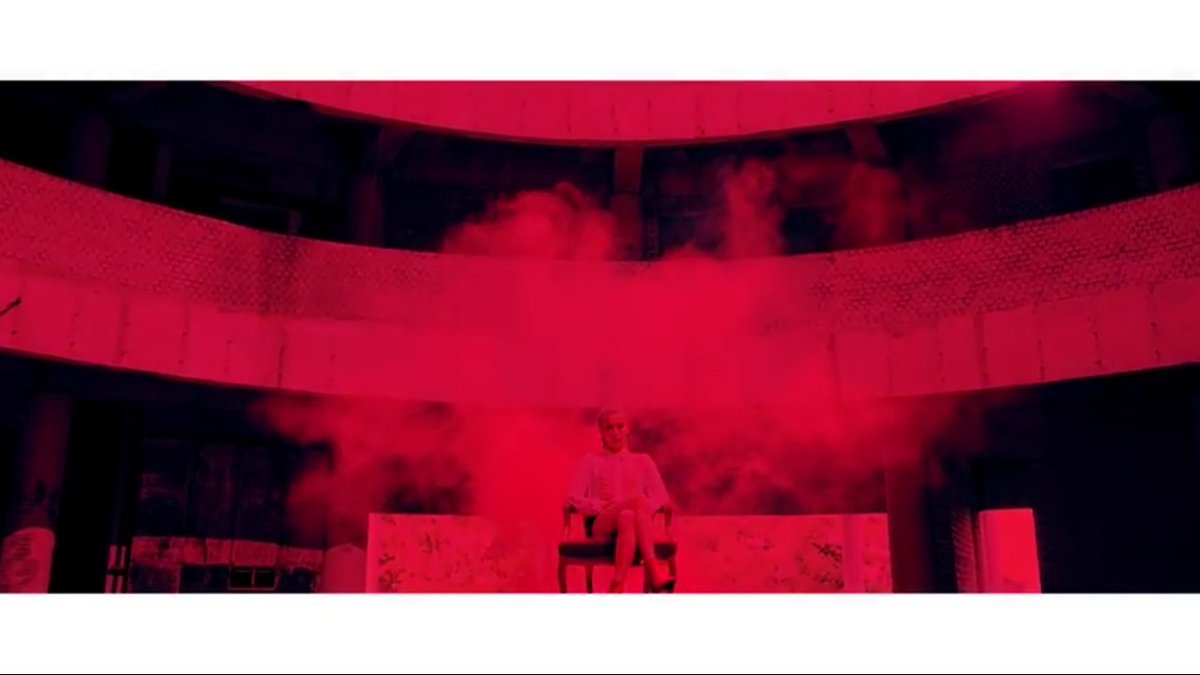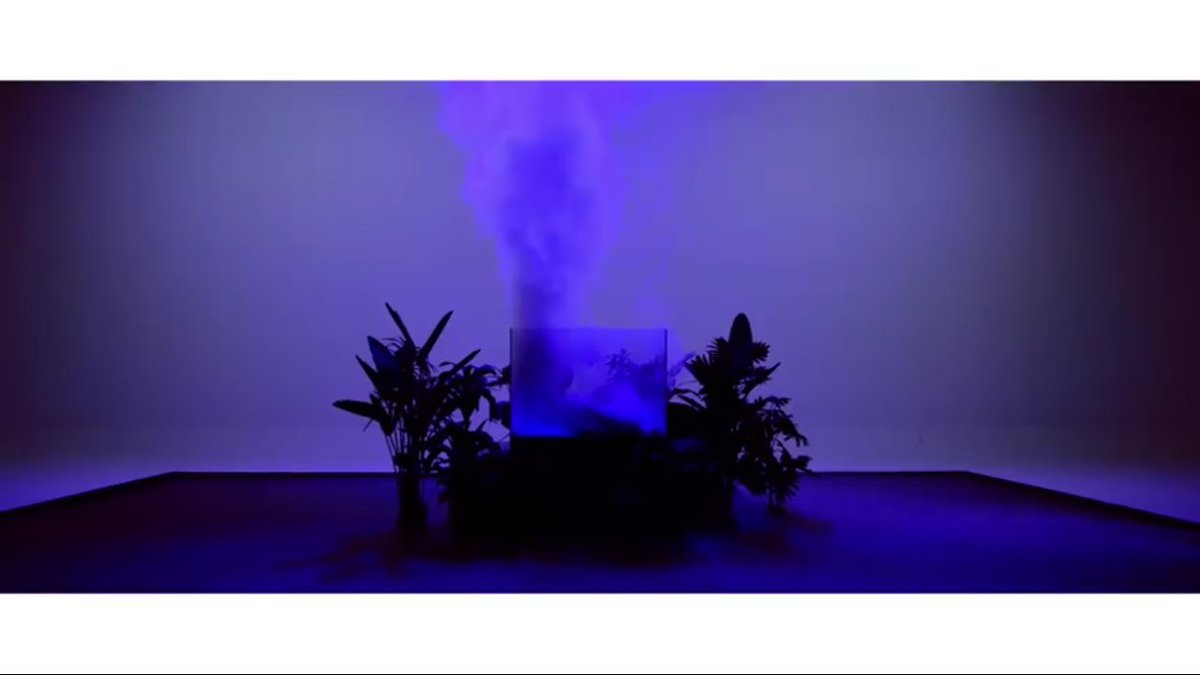

#SareeTwitter #SareeHistory

#SareeTwitter



#SareeTwitter
#SareeTwitter
#SareeTwitter

#SareeTwitter /end

#SareeTwitter








Twitter may remove this content at anytime, convert it as a PDF, save and print for later use!

1) Follow Thread Reader App on Twitter so you can easily mention us!
2) Go to a Twitter thread (series of Tweets by the same owner) and mention us with a keyword "unroll"
@threadreaderapp unroll
You can practice here first or read more on our help page!



 cA6qA5HWof
cA6qA5HWof xfHtn4Roq3
xfHtn4Roq3